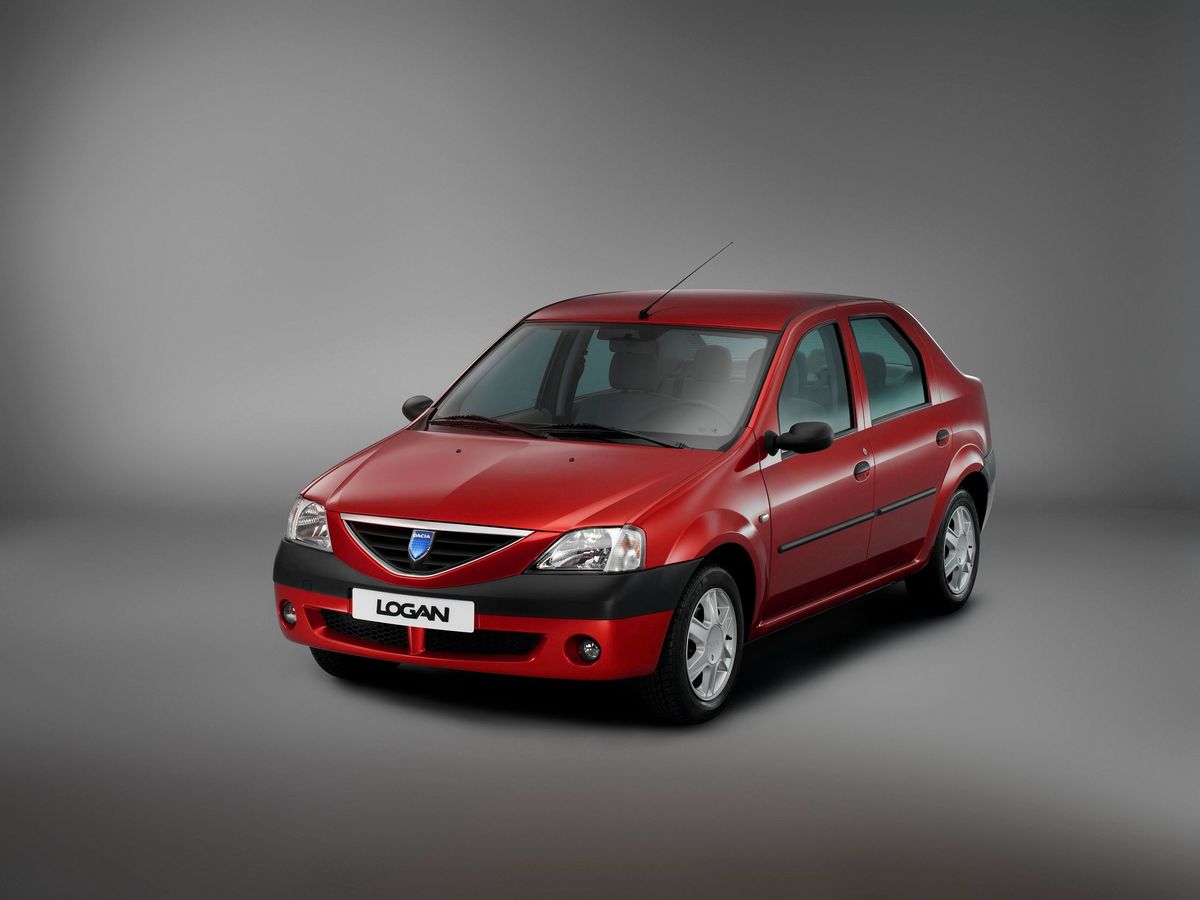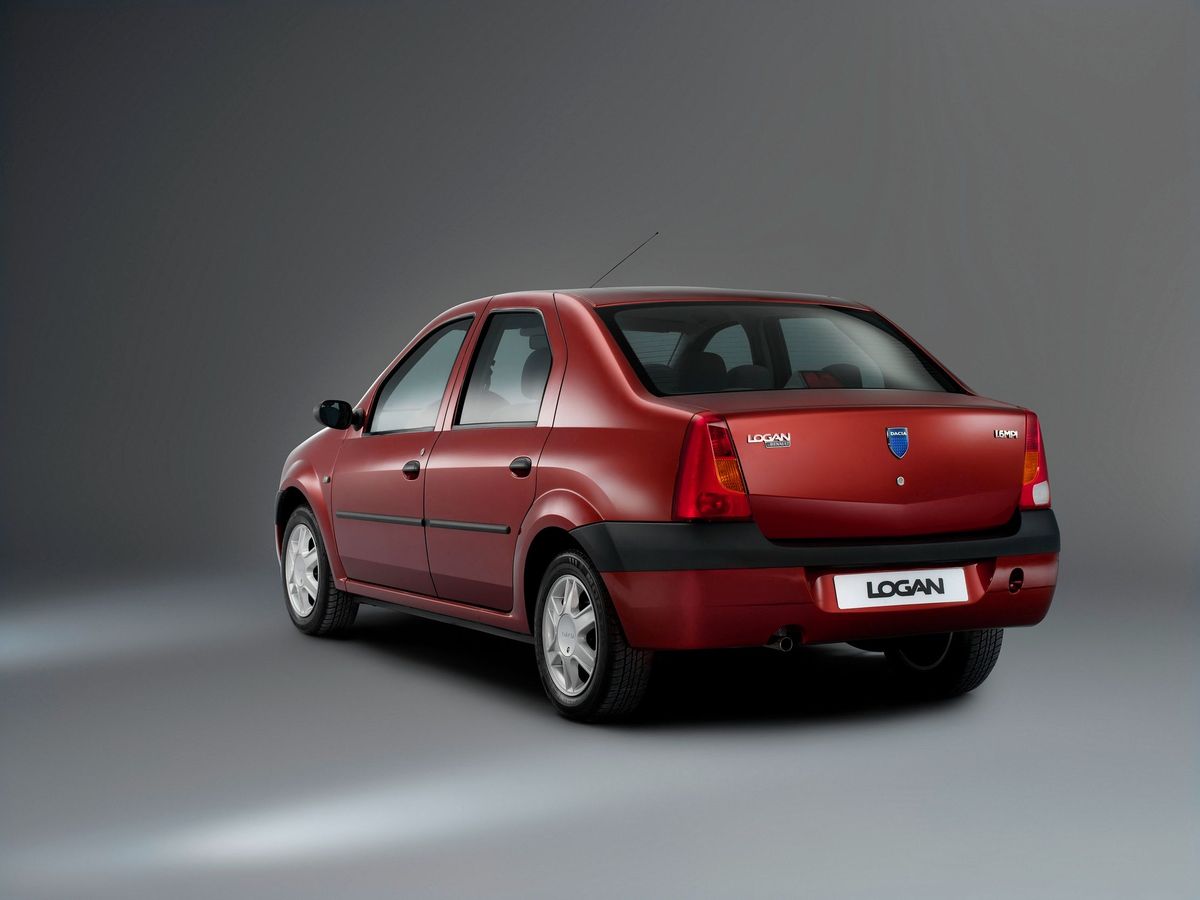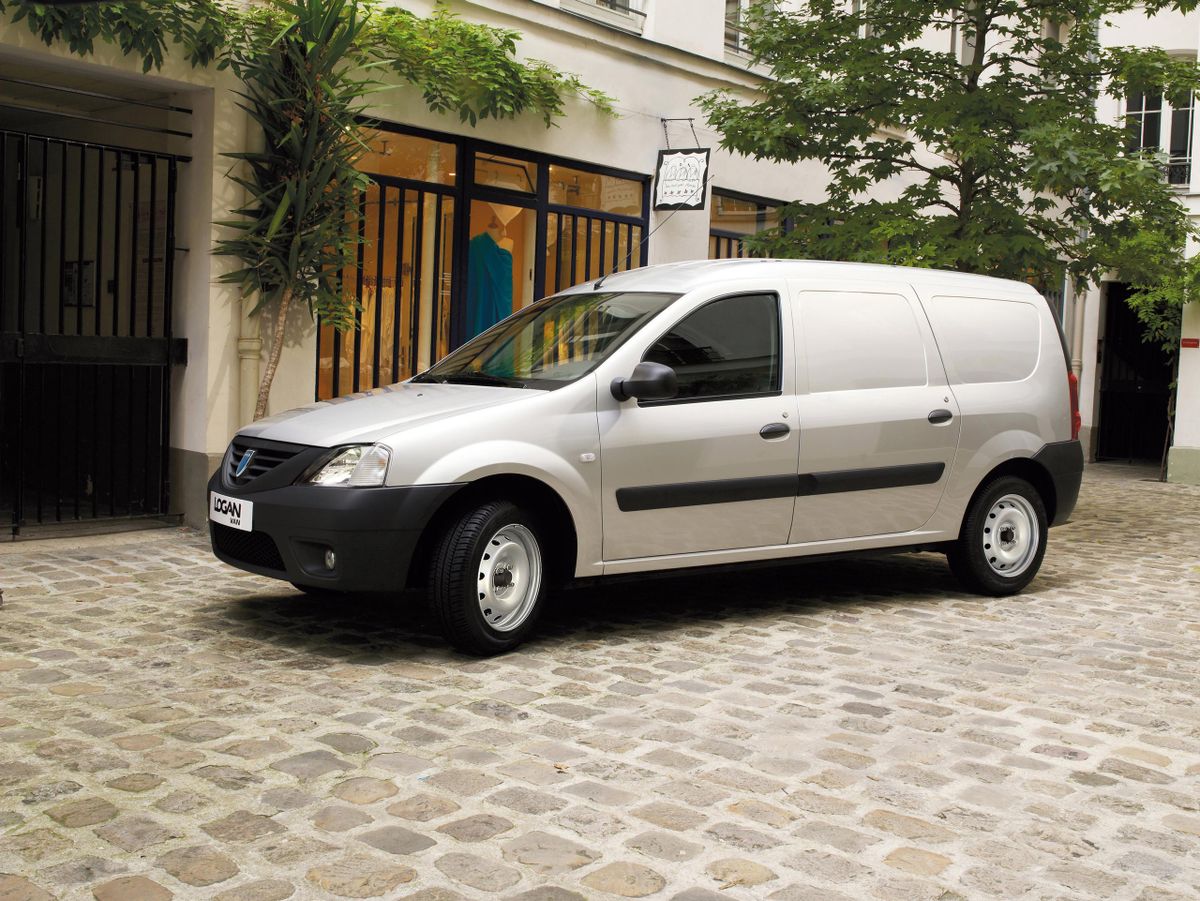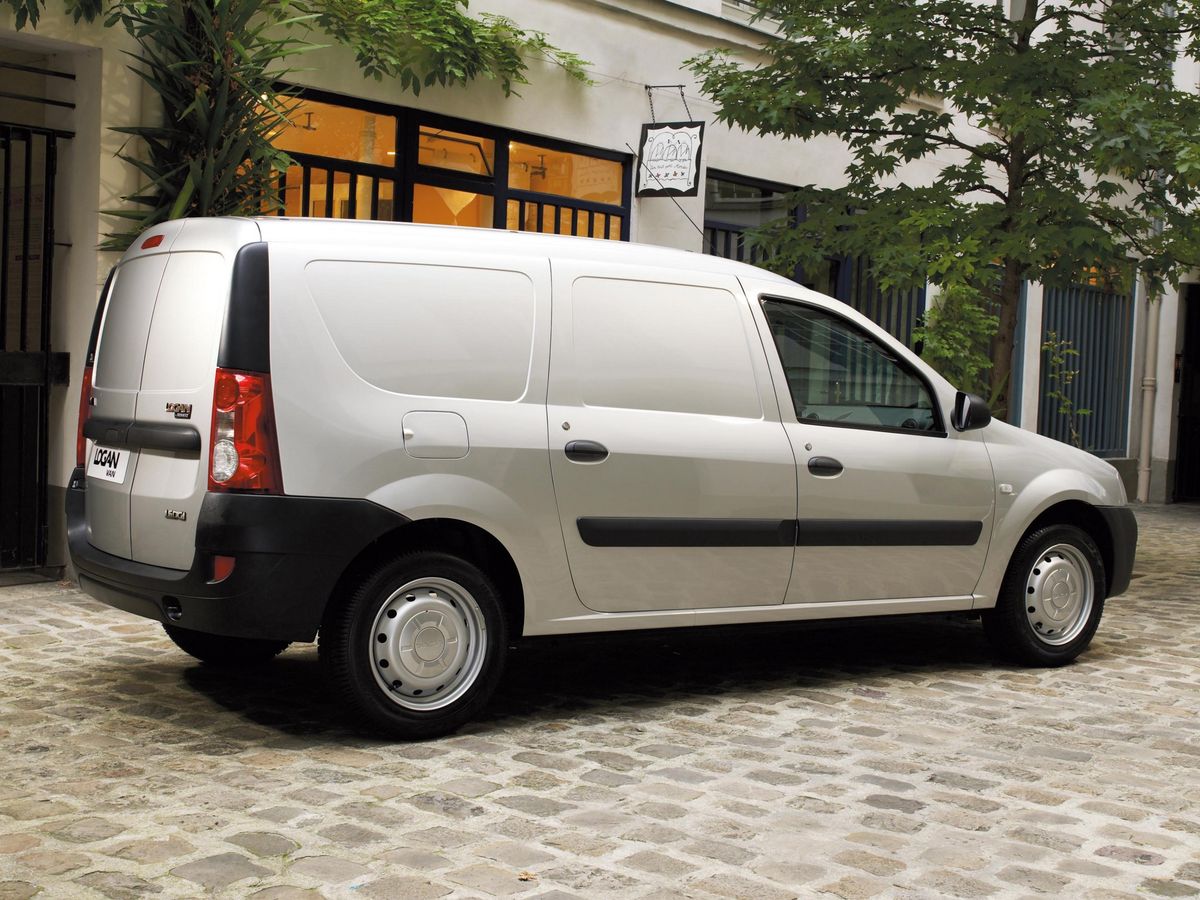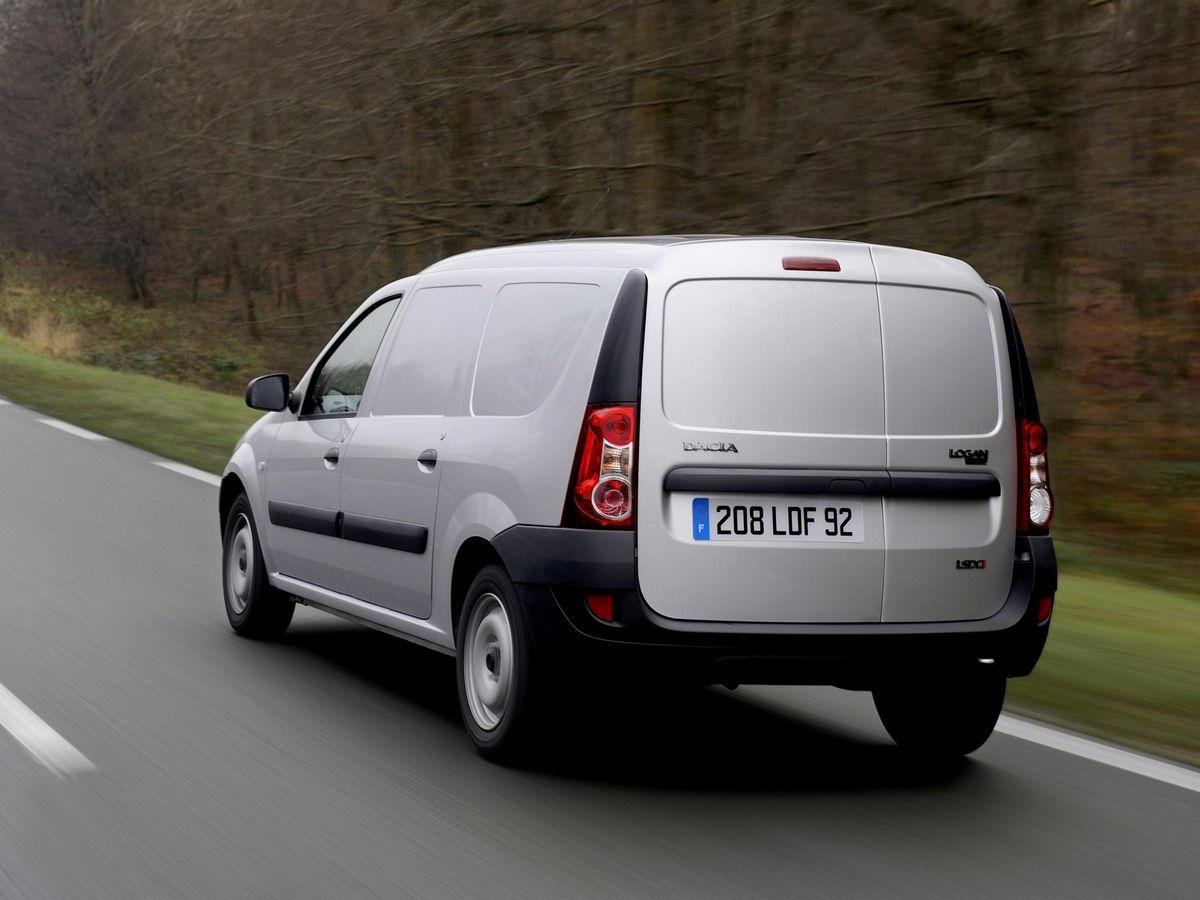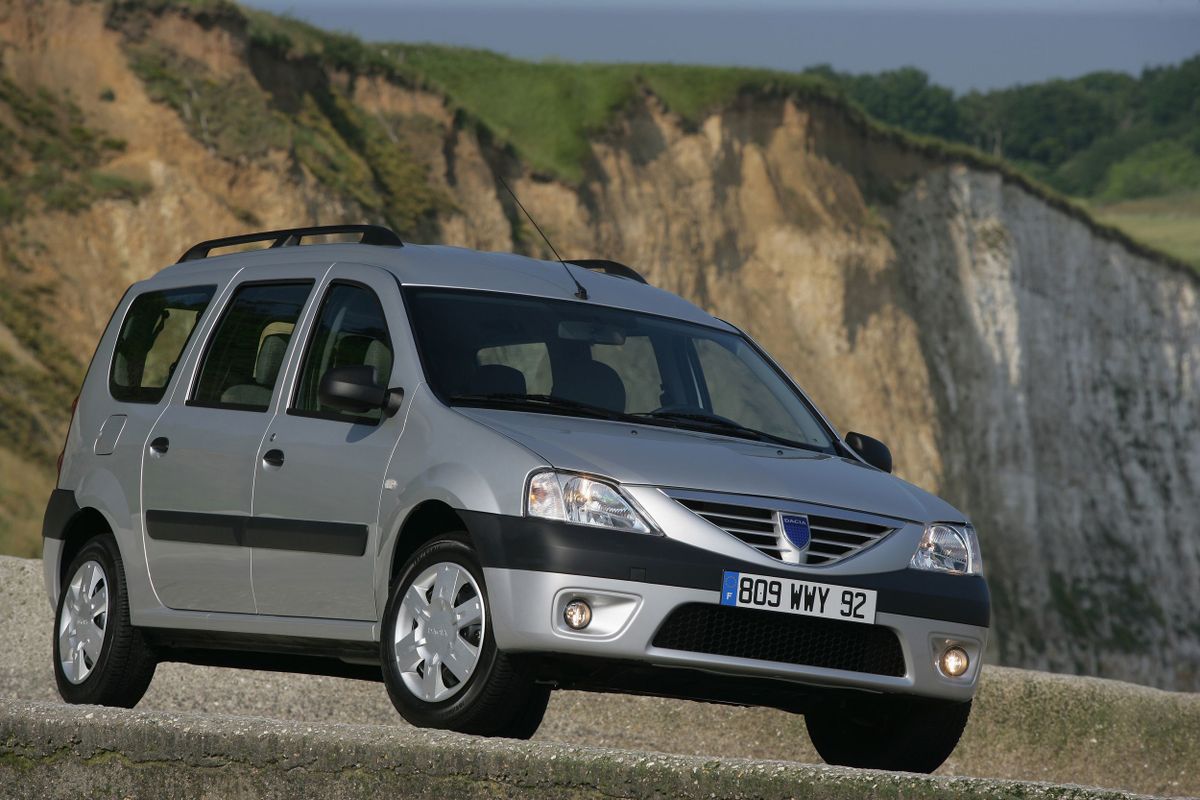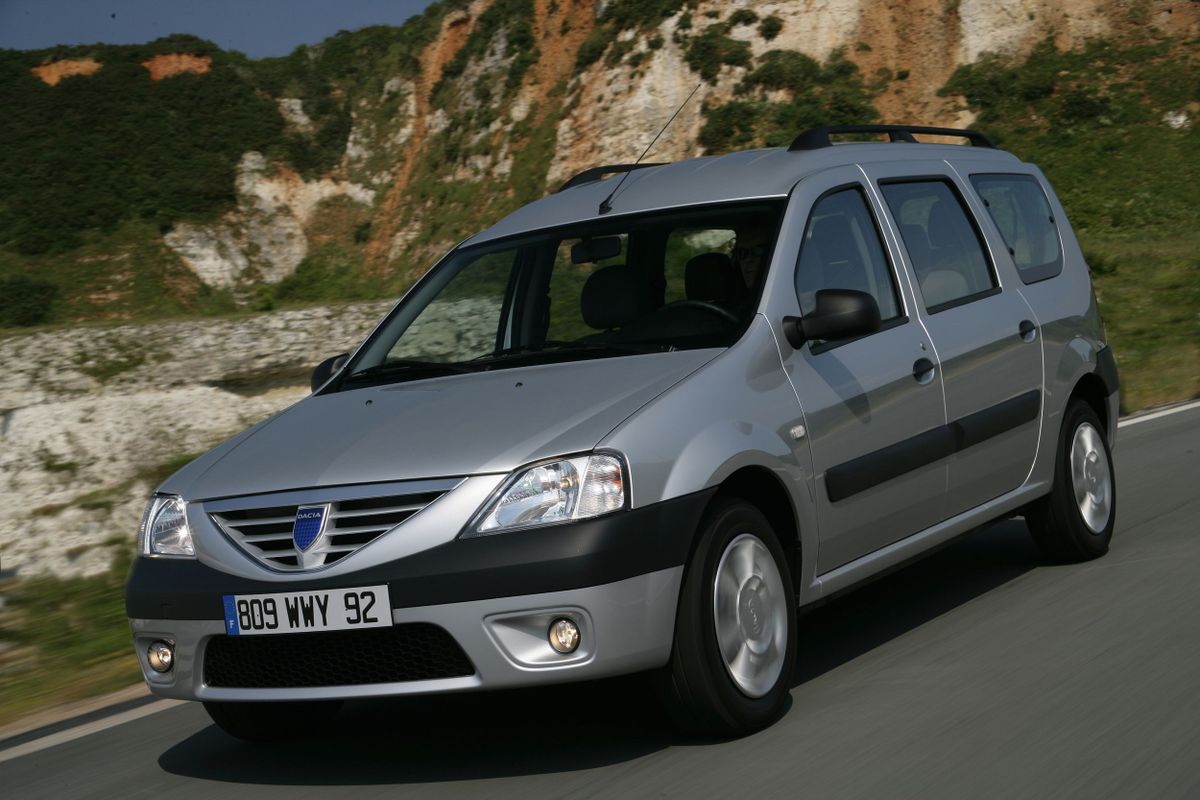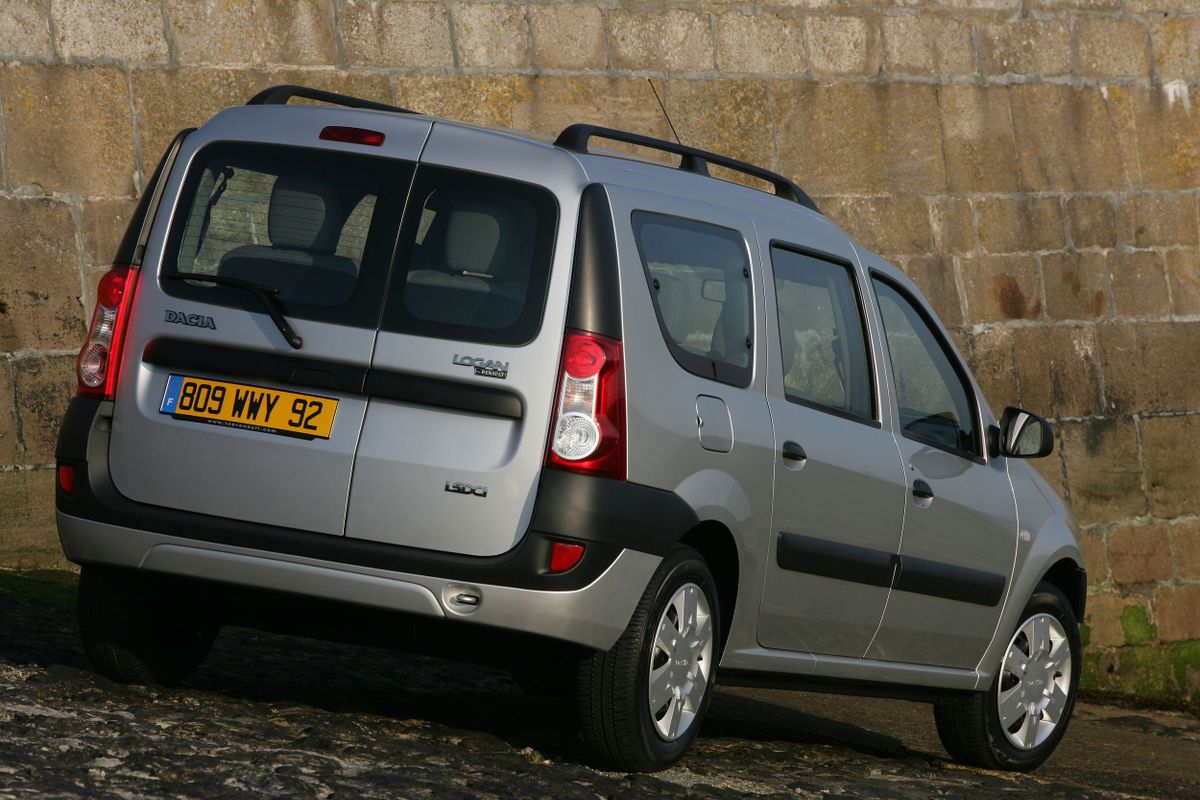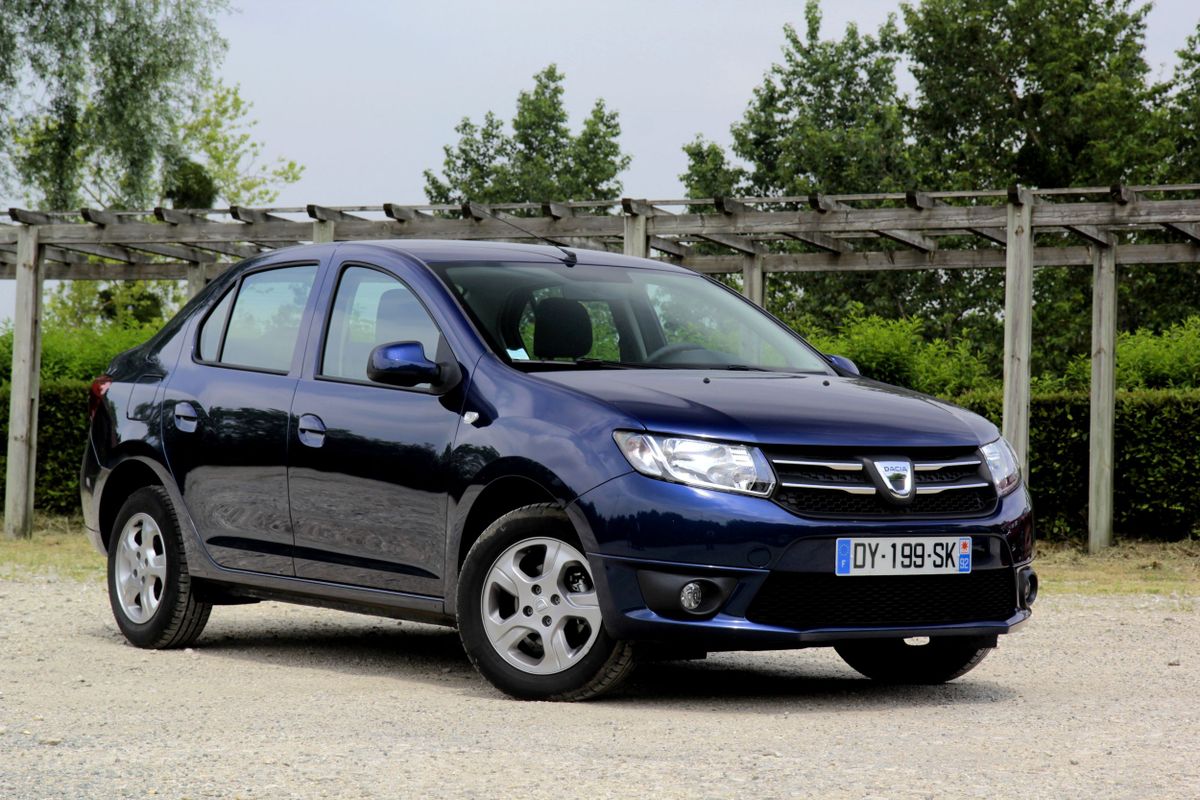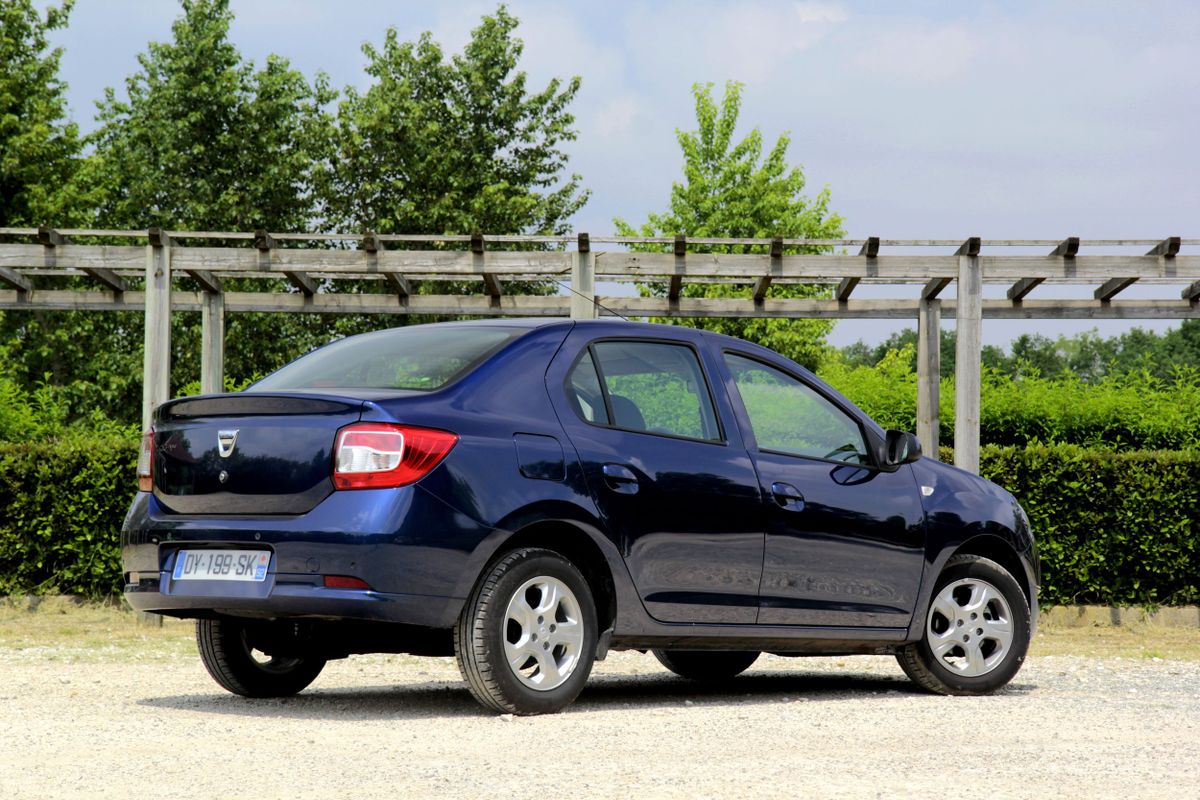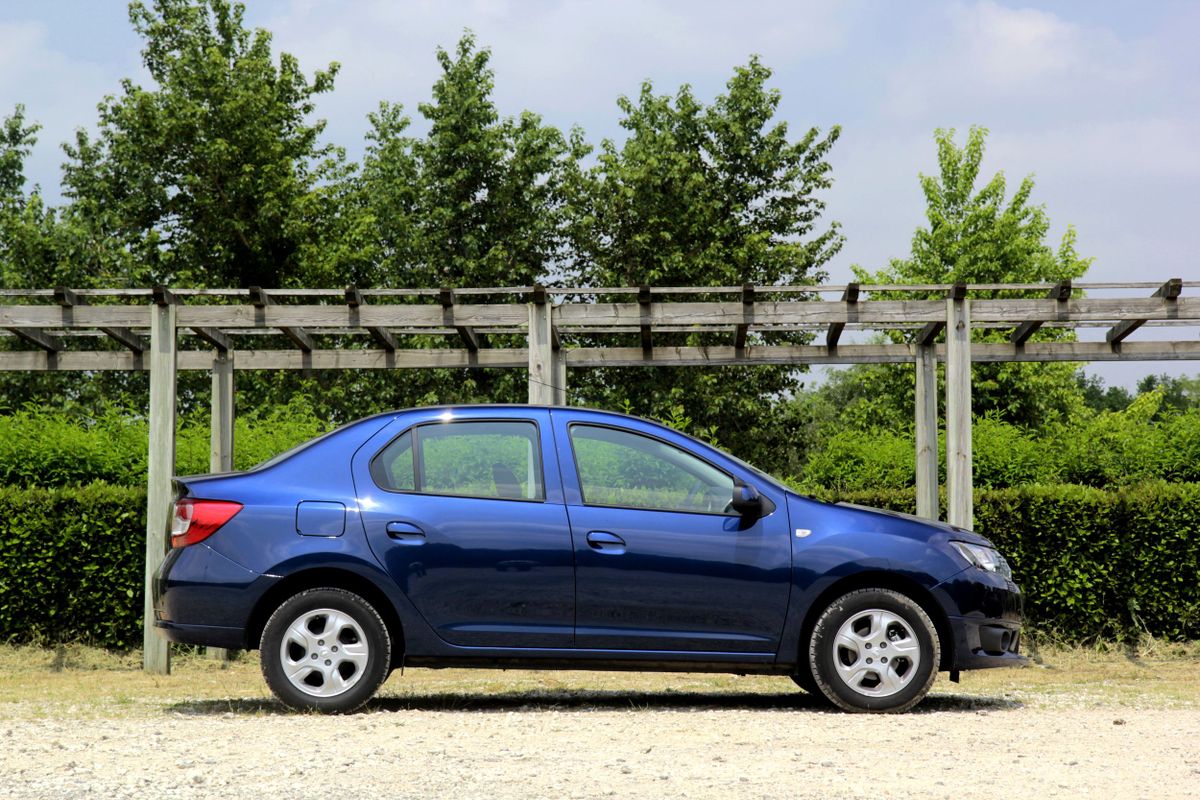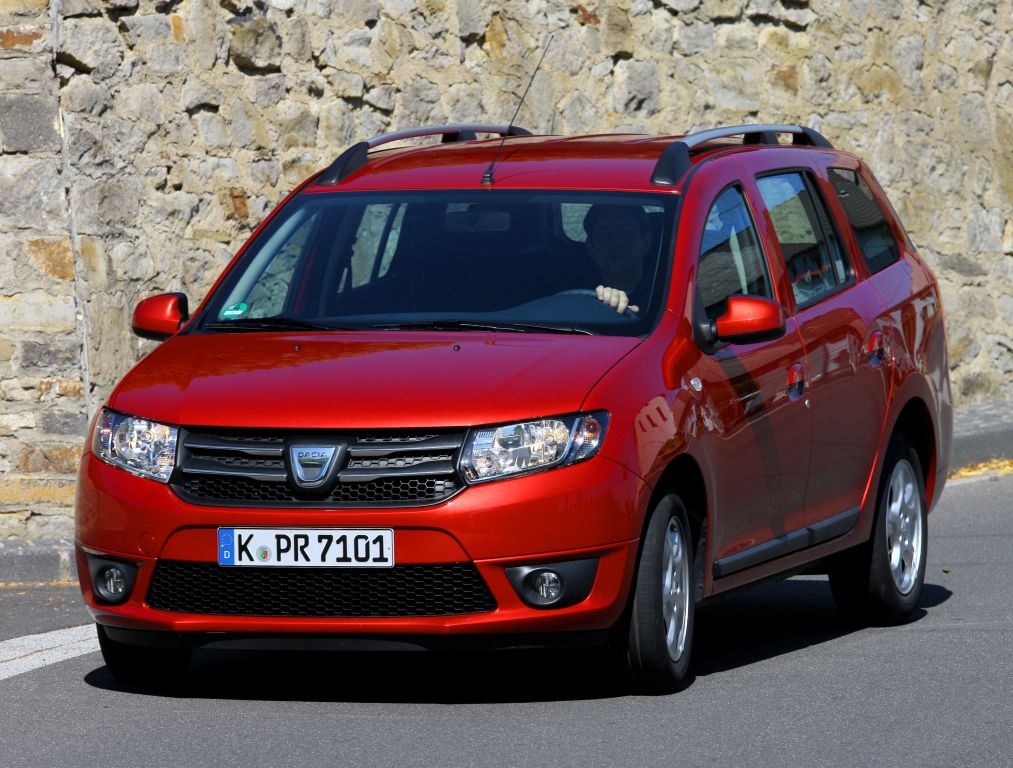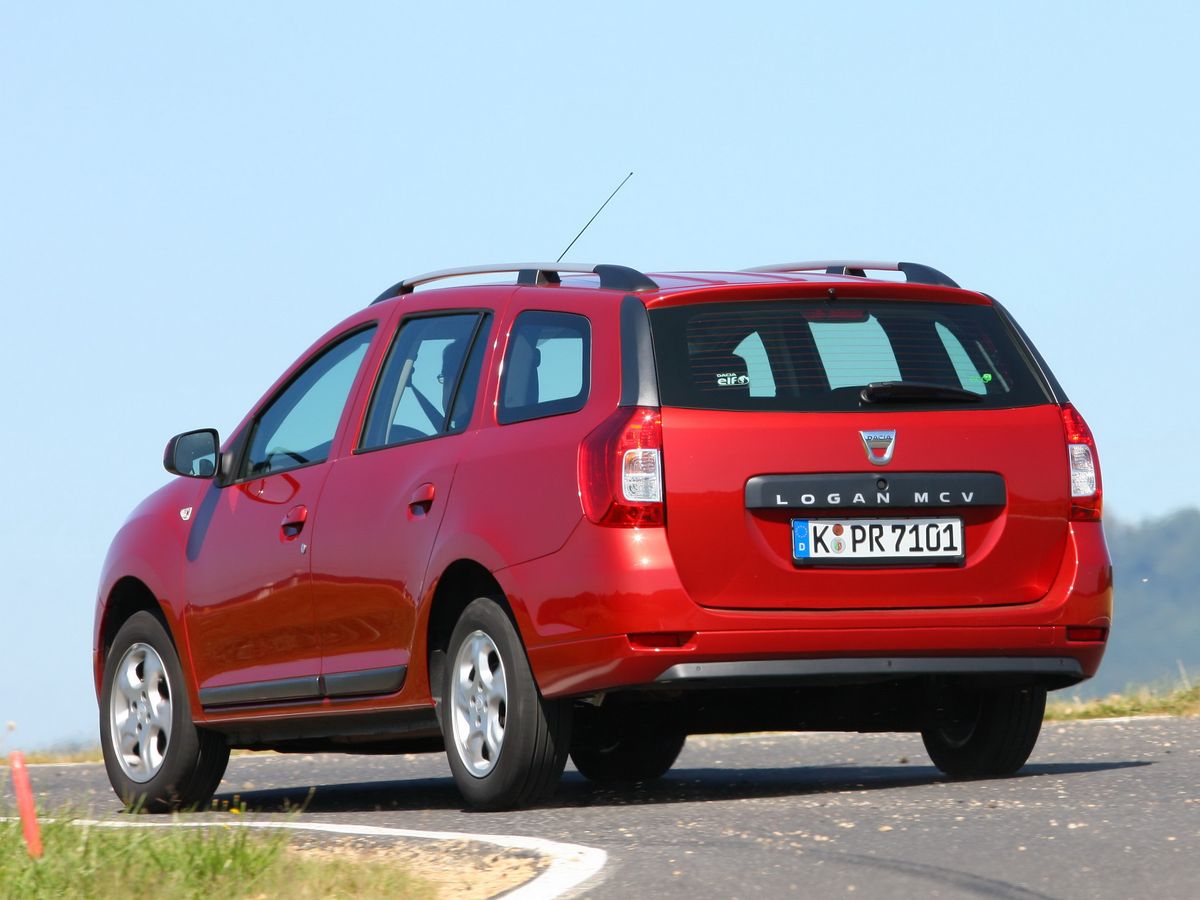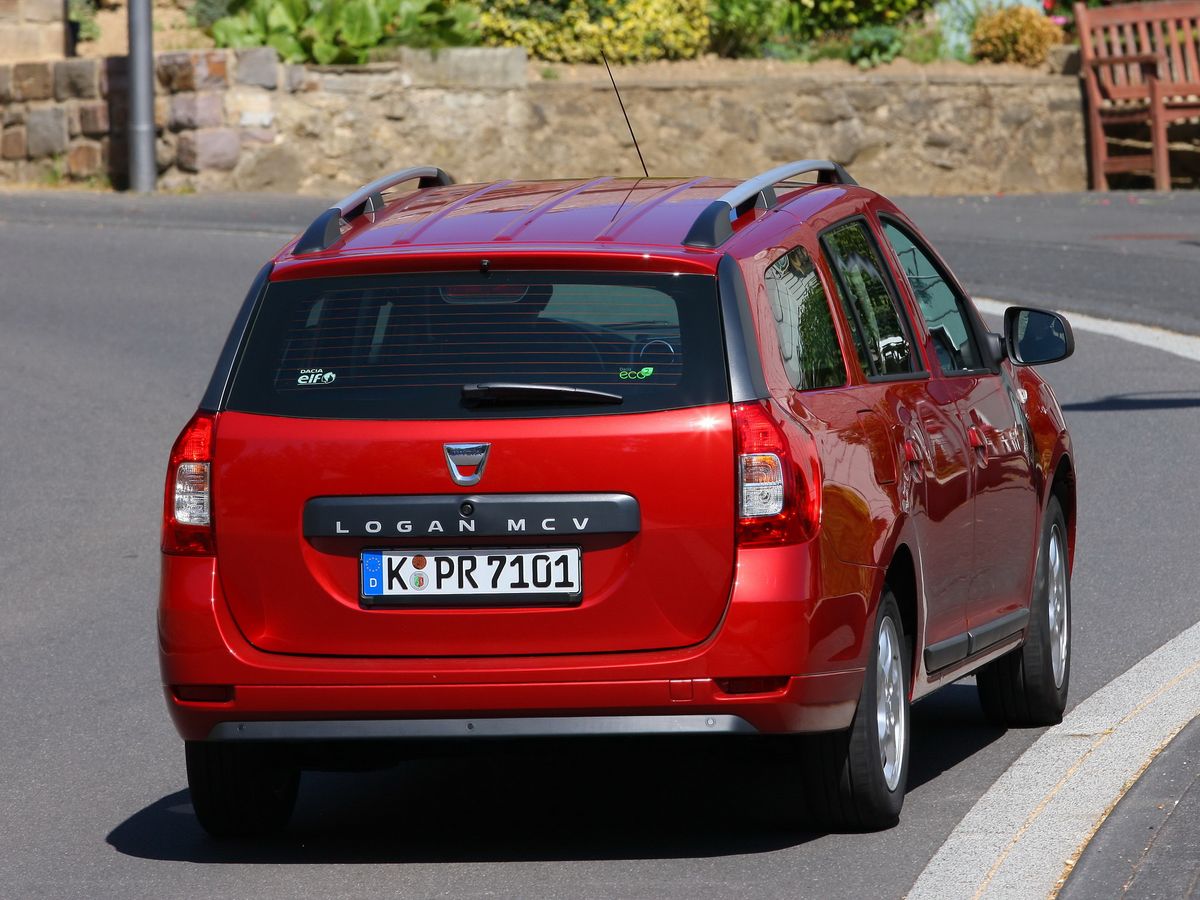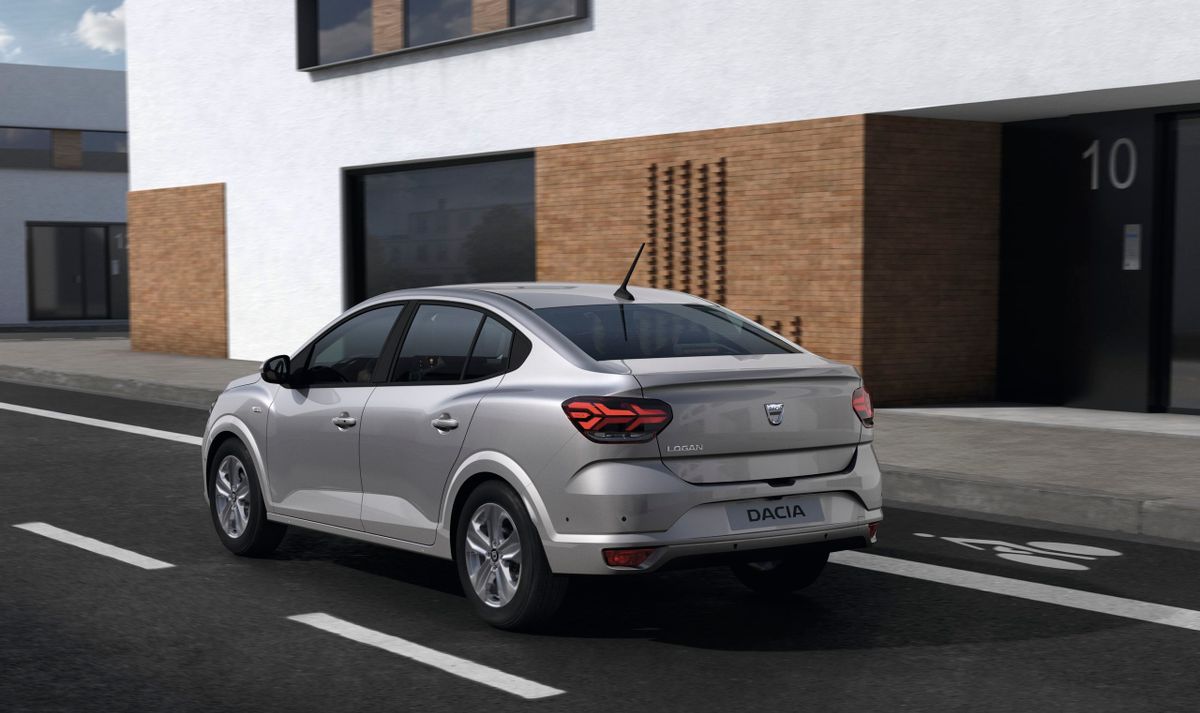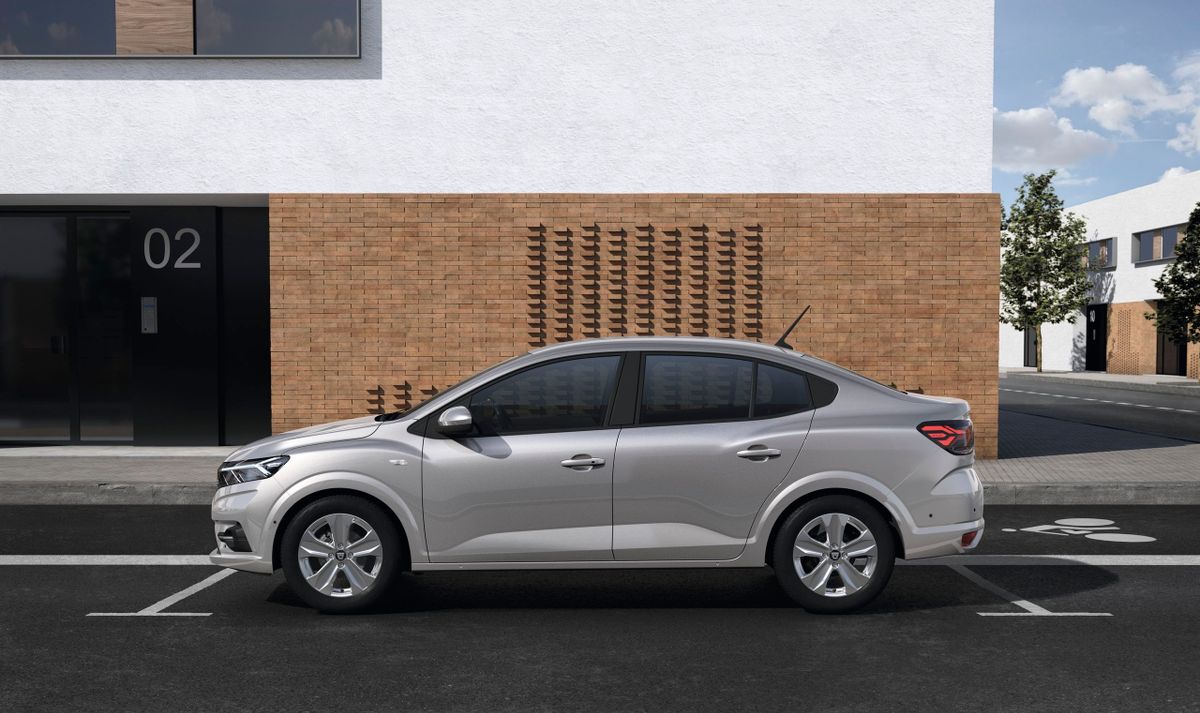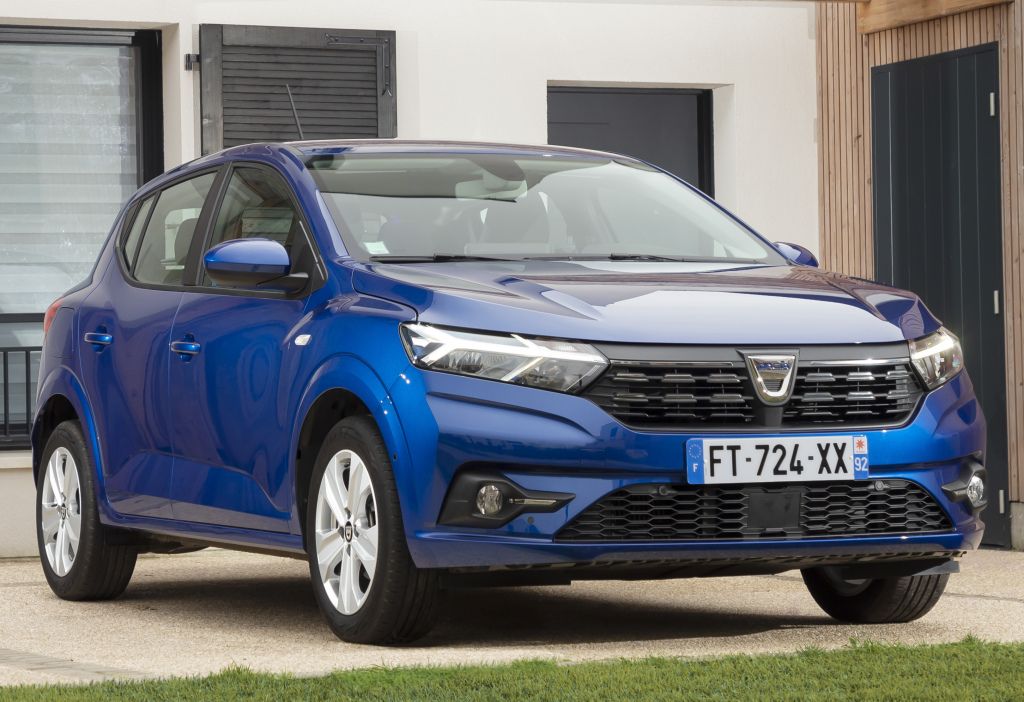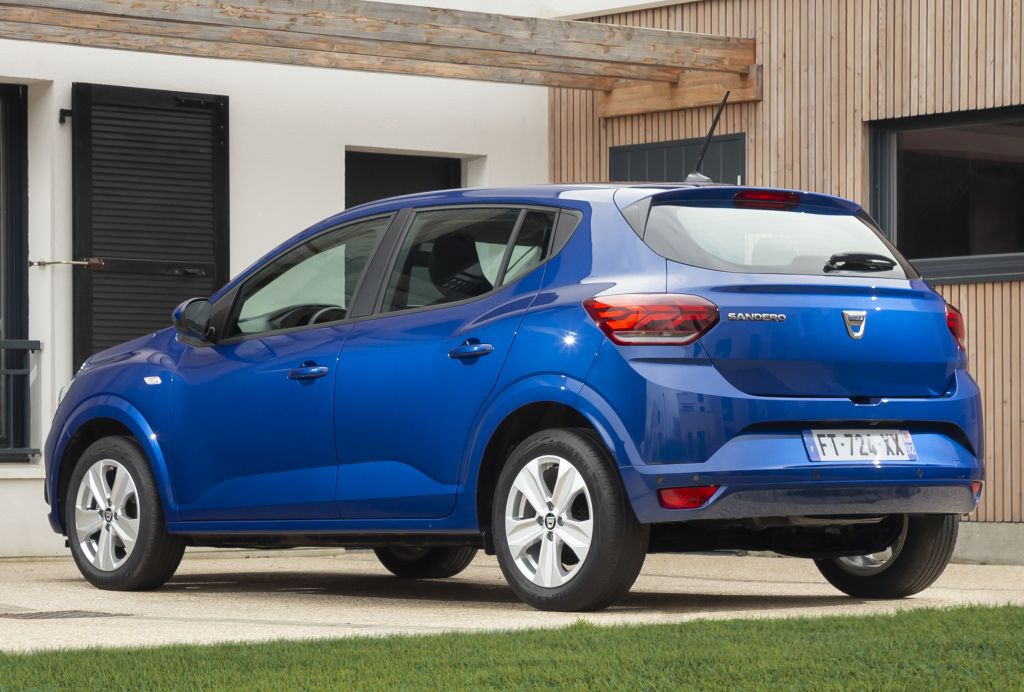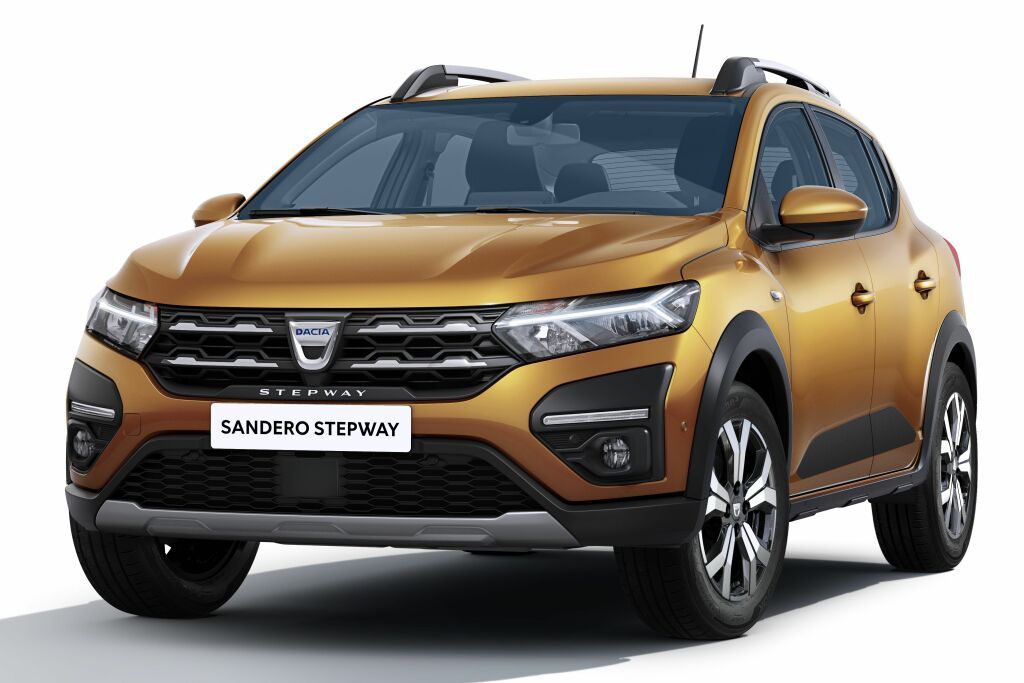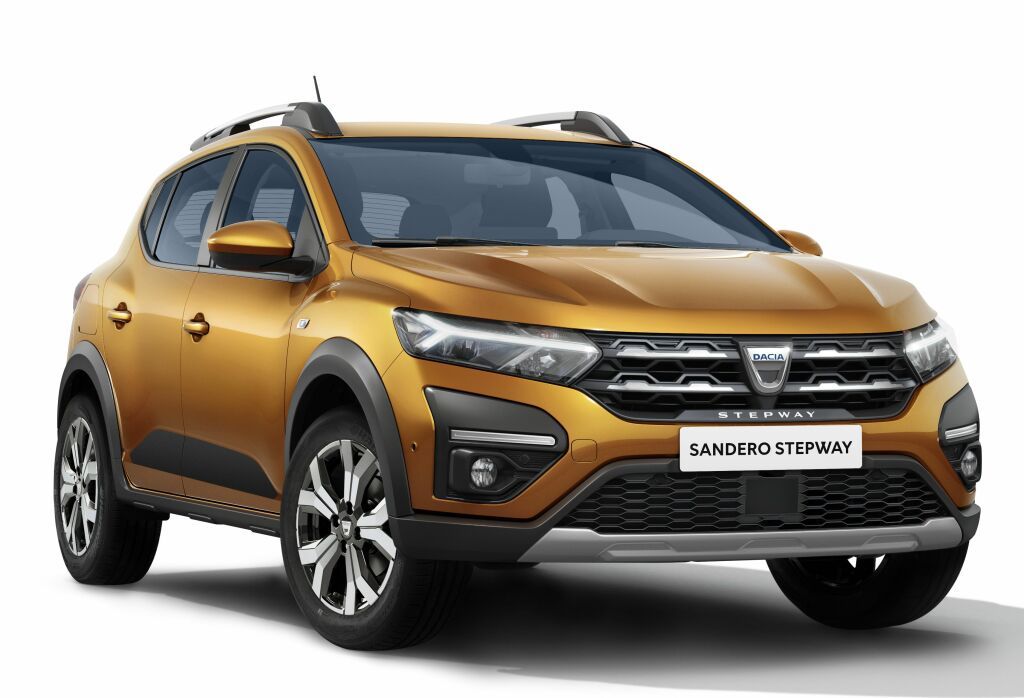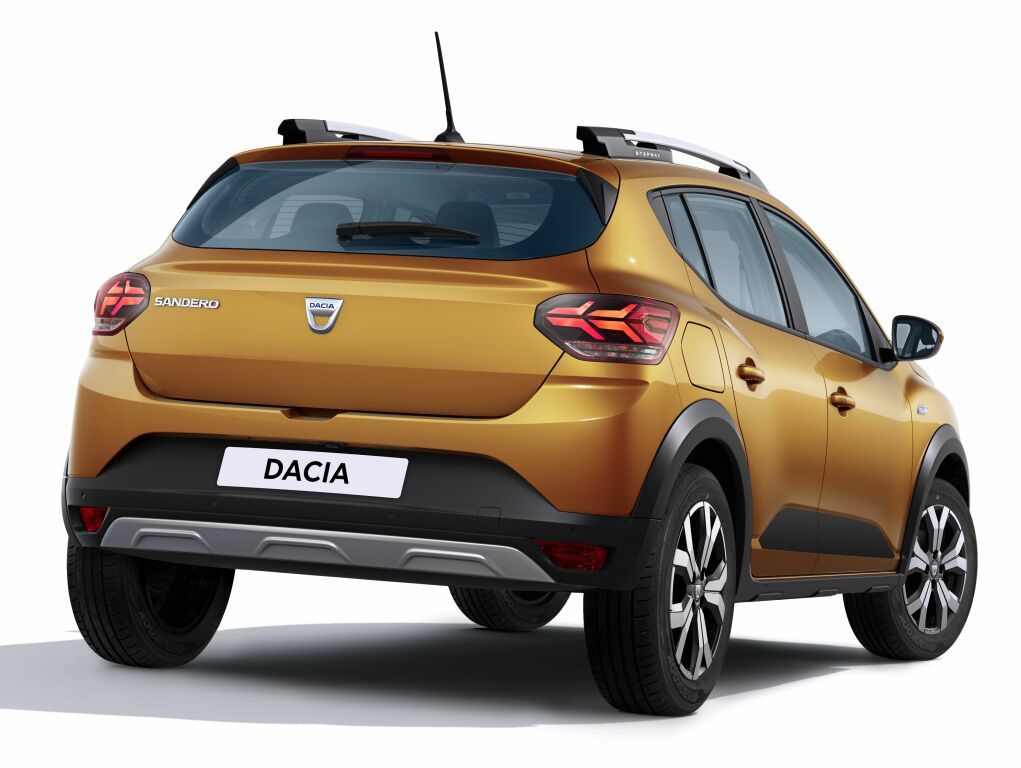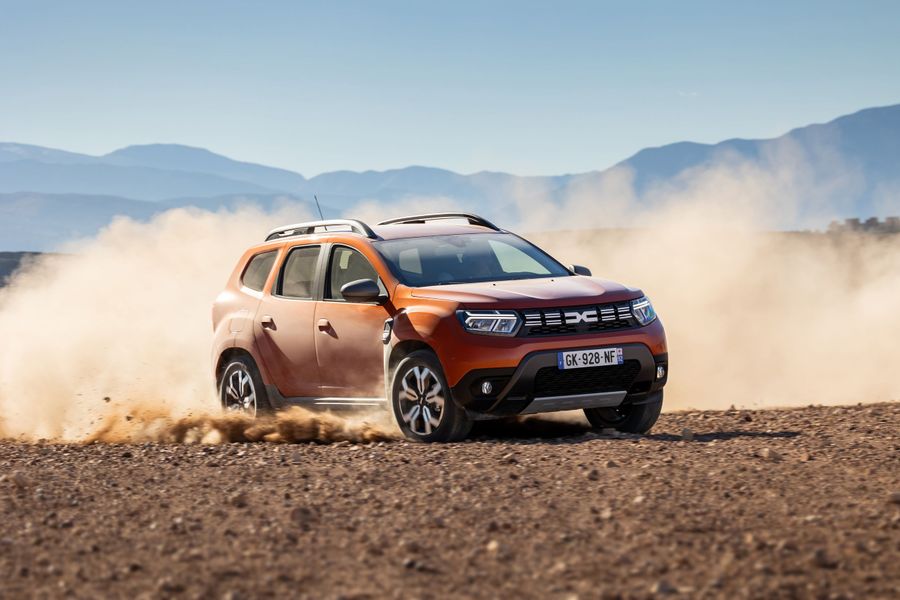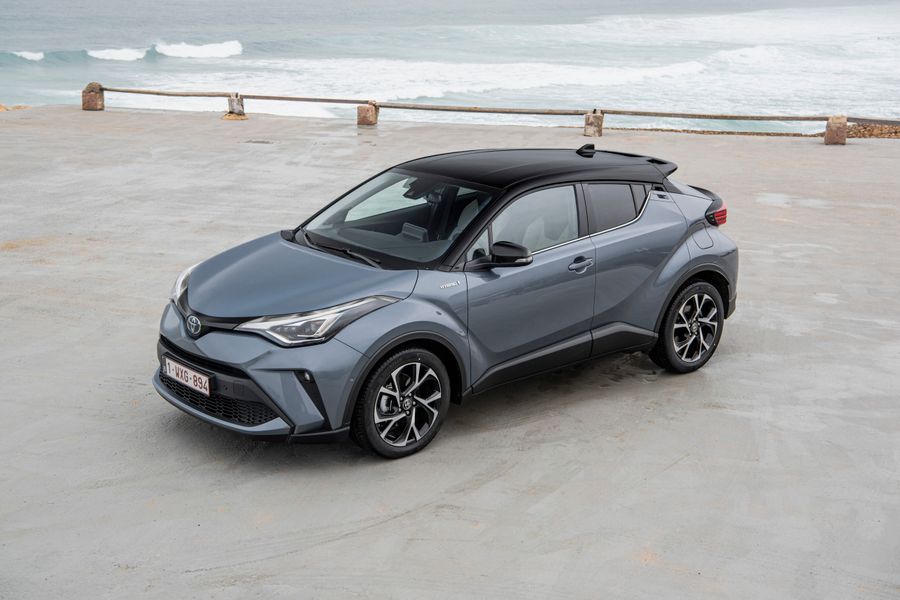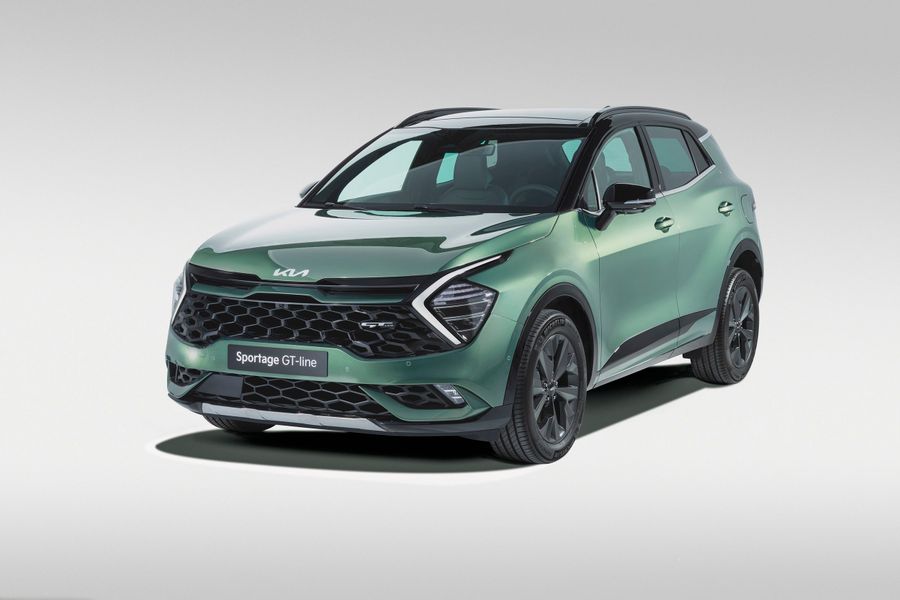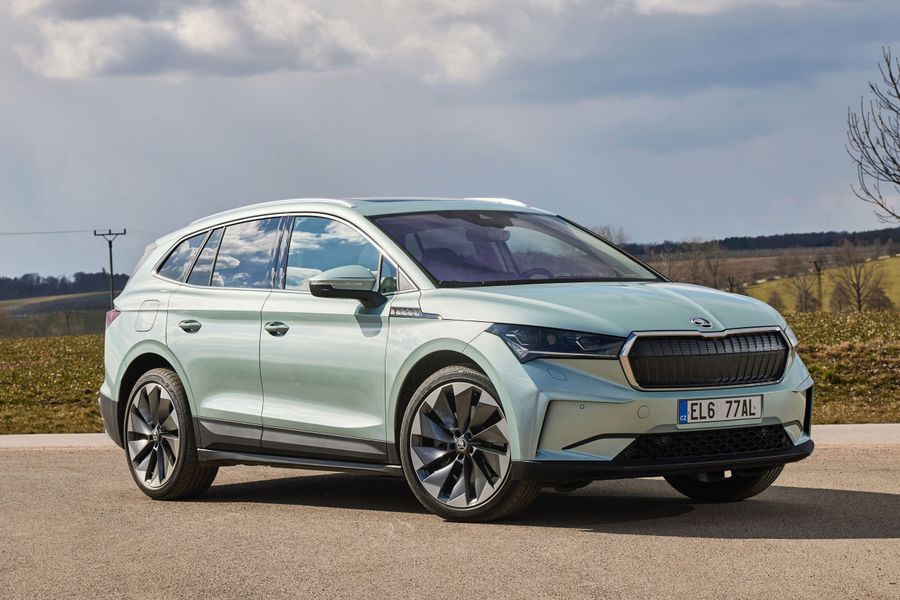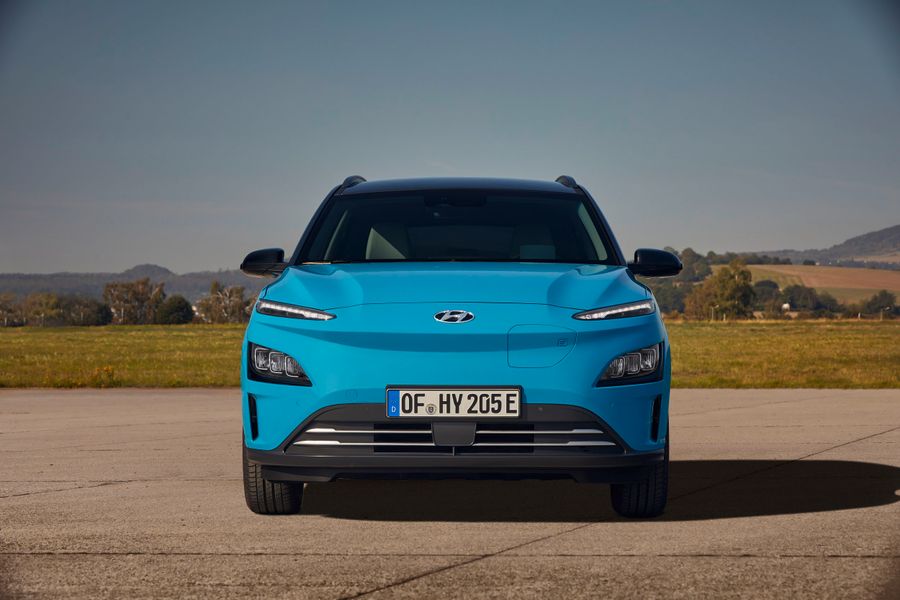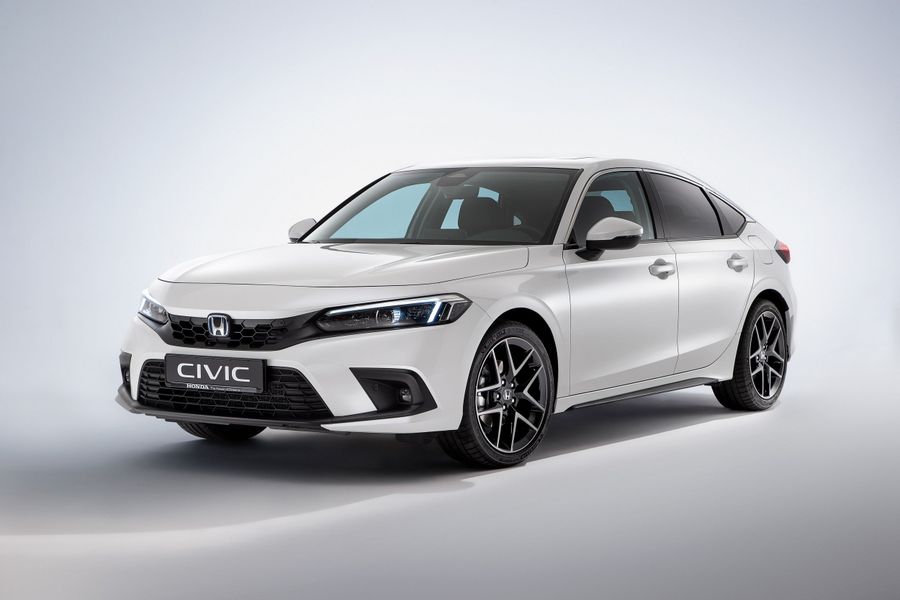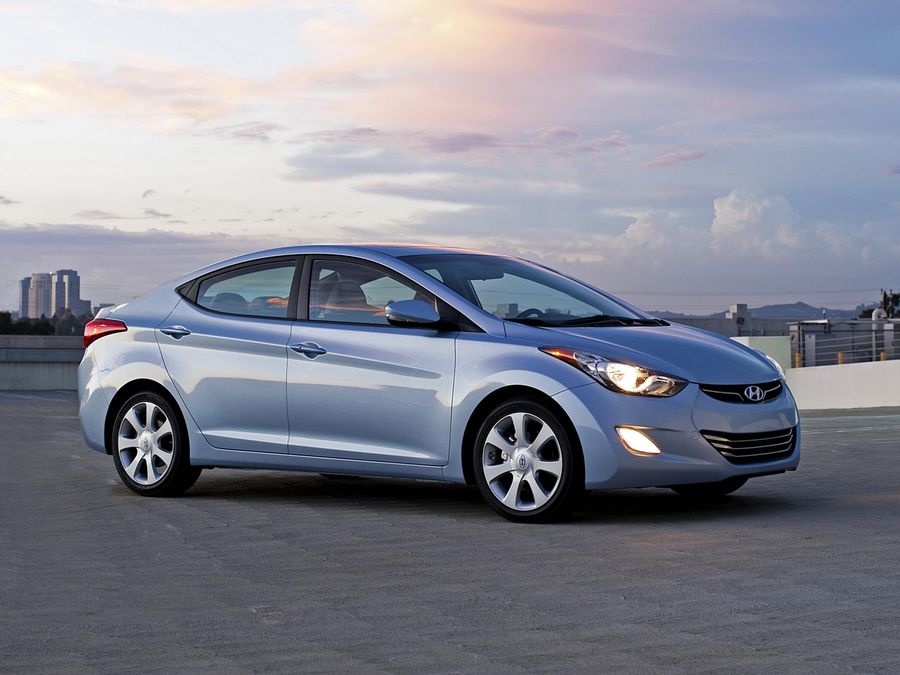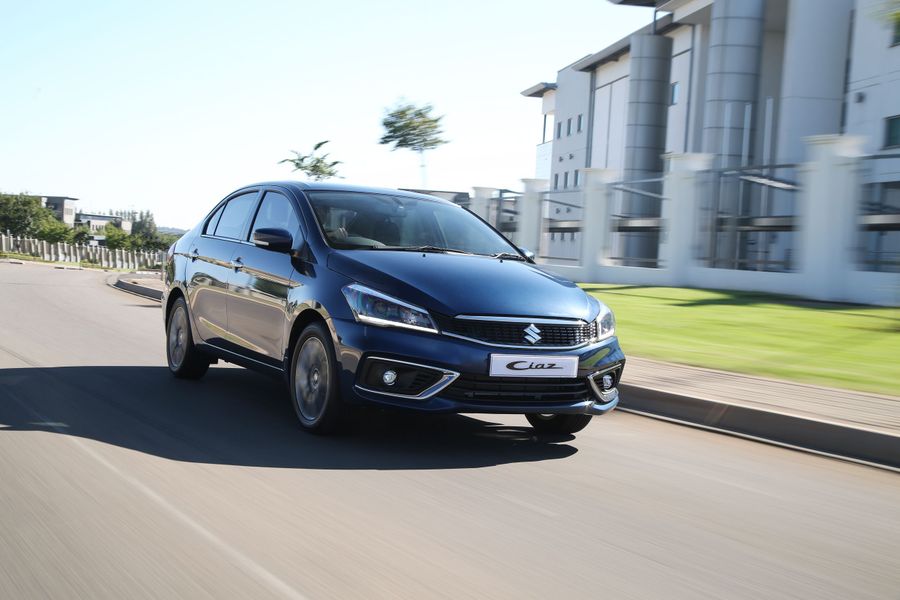
Cheap and indestructible ‘handicraft of Romanian gypsies’
The Dacia Logan is an affordable subcompact car designed by Renault specifically for emerging markets. It has been produced since 2004. It used to be presented in sedan, estate, pickup and microvan bodies. The last, third generation, released at the end of 2020, comes only as a sedan with petrol engines or a gas modification that runs on propane.
- Brief: Israeli buyers can purchase the 2016 Dacia Logan MCV 5-door estate with a 1.5-liter turbocharged diesel engine with 95 hp. The engine offers a fuel-saving mode, which allows reducing the average fuel consumption to 4 liters per 100 km in the mixed cycle. The car is equipped with a 5-speed manual transmission. In 2020, the production of the car was discontinued.
There is a lot of talk about the Dacia Logan, and not all of it is true. For example, as commonly cited, the Logan was developed by Renault, not Dacia. The French bought Dacia along with the brand and the plant in Romania to produce the Logan models there. And the history of one of the most successful models in the world began in 1998. The task set before the developers was to create a production car, the entry-level version of which would cost only 5,000 euros in Europe. To fulfill this condition, it was necessary to save both on the development of the car itself, and on the production of new components and assemblies. But all sorts of offensive nicknames given to the car by skeptics did not come true at all. In 2021, many car owners have chosen Logan again, already as the third generation.
The result exceeded expectations
The newcomer was designed on the new B0 platform, using the best practices applied by Nissan when developing the B platform (the Logan is a relative to the second generation Cube and Micra models). And the manufacturer immediately decided to start producing the Dacia Logan not in France, but in Eastern Europe, where labor costed half the price. In 1999, Renault purchased the Romanian company Automobile Dacia S.A. to use it for the production of its own cars. The French decided to call the new product ‘Dacia’ and leave ‘Renault’ for more prestigious cars. By the way, Volkswagen did almost the same thing after acquiring the Skoda brand.
Next, the manufacturer studied the demand and found out that Eastern European consumers liked simple sedans. Using their large base of units, Renault managed to scrape together components and assemblies for the newcomer, equipping it with the familiar 1.4-liter K7J and 1.6-liter K7M petrol engines, the MacPherson strut front suspension from the Clio hatchback, the steering from the Symbol, the clutch and a 5-speed manual transmission from the second generation Megane. And the rear suspension was common, as it was designed for a number of Renault and Nissan compact cars based on the B0 platform.
There is a lot of talk about the Dacia Logan, and not all of it is true. For example, as commonly cited, the Logan was developed by Renault, not Dacia.
The exterior doesn’t look luxury, featuring lesser curvature body panels, which means that their stamps will be as simple as possible, and therefore cheap. The same applies to glass and large one-piece plastic parts like a dashboard or door cards in the passenger compartment.
And since the Logan was made as a production car for poor countries, it must be able to handle bad roads, low-quality gasoline and poor service. It was planned to sell the car in Romania, Russia, India, Morocco, Iran and Latin America. Therefore, the manufacturer did not save on components and assemblies that were related to operation, reliability and energy intensity. For example, the suspension was mounted on a powerful subframe, and the power unit was covered with steel protection from below. In 2007, 230,000 cars were sold worldwide. In 2009, this model even became the most popular foreign car in Russia in terms of sales volumes. The Logan has sold more than one million cars and, unexpectedly, was successful in Germany and France, where they also know how to save money.
The first generation
It was produced from 2004 to 2013. Production started in Romania and then in other countries. The first Dacia Logan could be equipped with 1-liter, 1.4-liter and two versions of 1.6-liter engines (8- and 16-valve), as well as a 1.5-liter diesel engine, coupled with 5-speed manual and 4-speed automatic transmissions. The car was front-wheel drive. Apart from sedans, there were estates, vans and even pickups. The standard ground clearance for bad roads was 155 mm, and, for example, in France, the car had only 135 mm under the bottom.
In July 2008, the Dacia plant began to produce a slightly upgraded car after the restyling, which touched the exterior and interior. There were also minor technical changes (the main thing was the eighth generation Bosch ABS with brake force distribution function during emergency braking). The car featured slightly larger headlights, different bumpers, a radiator grille with a chrome trim, modified taillights and a trunk lid. There were (according to the ‘crowd funding’ recipe) the front panel and door cards from the hatchback Dacia Sandero, a new steering wheel from the Renault Clio, a middle head restraint in the rear seat, and a steering column height adjustment (on some trim levels).
The letters in the name of the Logan MCV estate stand for Multi Convivial Vehicle.
In parallel, the manufacturer produced the Logan MCV estate, which stands for Multi Convivial Vehicle. The car was unveiled at the 2006 Paris Motor Show. The estate differed from the sedan by the wheelbase increased to 2,905 mm, the roof raised 10 cm higher, and the reinforced suspension. The Logan MCV had a double-leaf tailgate and was produced in a 5- or 7-seater version (two additional seats were installed in the trunk, facing the engine). The 5-seater version had a trunk of 700 liters (or more than 2,000 liters with the second row seats folded down).
There was also a commercial cargo van based on the Logan MCV estate, which had the same body with hinged side and rear doors, but the sides were solid and blind. The volume of the cargo compartment reached 2.5 m³, the carrying capacity was 800 kg. The dimensions of the van made it possible to accommodate a load almost 2 m long. The engine range was limited, comprising two 1.4-liter and 1.6-liter 8-valve petrol engines and a 1.5-liter turbocharged diesel engine with 70 hp.
The second generation
It was unveiled at the 2012 Paris Motor Show. The second Logan boasted upgraded exterior and interior. Thus, the interior started looking more interesting and featured new, more comfortable seats. The entry-level model came with an expanded list of equipment, including body color bumpers, light tinted glass, a full-size spare wheel and front seat head restraints, heated rear window. However, the unpainted outside mirrors were black and manually adjustable, seat upholstery was made of inexpensive fabric, and there was not even a power steering. More expensive Logan versions got a power steering, remote control central locking, air conditioning, a height-adjustable steering wheel, a CD-MP3 + AUX + USB + Bluetooth sound system and a steering column joystick, an on-board computer, electric and electrically heated exterior mirrors, front and rear power windows. The top-end Luxe Privilege version offered a climate control system, a leather steering wheel, heated front seats and windshield.
But, more importantly, the model kept all the main advantages, including a simple and sturdy suspension (MacPherson strut front suspension and rear suspension twist beam). The new Logan had a large trunk with a volume of 510 liters, the rear seats could be folded down to further increase it.
The new Logan MCV debuted at the 2013 Geneva Motor Show. In terms of technical equipment, the estate was completely identical to the sedan. The volume of the trunk was 573 liters, but it could grow up to 1,518 liters. In the fall of 2016, the upgraded Renault/Dacia cars were presented at the Paris Motor Show: the Logan sedan and the Sandero hatchback. The sedan received restyled headlights and a radiator grille, as well as upgraded bumpers and new taillights. The car acquired a new steering wheel and new engines.
The third generation
In September 2020, the manufacturer released the third-generation Logan family, which also included the Sandero and Sandero Stepway hatchbacks, known in Israel. The cars are built on the CMF-B platform, which will provide more comfort and less vibration. However, the car still features a MacPherson strut front suspension and a semi-independent rear suspension.
The cars have gained a new prettier image. The Logan models have become slightly longer (4,396 mm against the previous 4,358 mm) and acquired a longer wheelbase (2,649 mm instead of 2,635 mm). The sedan has become wider, reaching 1,848 mm instead of 1,733 mm! In addition, it has become slightly lower (1,501 mm versus 1,517 mm). There is a choice of wheels with a diameter of 15 or 16 inches. The trunk has been increased from 510 to 528 liters, the loading height has decreased by 19 mm, and an organizer can now be ordered to divide the compartment into four sections.
The new Dacia Logan has grown significantly, has changed externally and has become safer.
The cars have become more ergonomic. The steering wheel can be adjusted not only in height, but also in reach (in the range of 25 mm), the gear lever has become shorter, and the center console is turned towards the driver. The knee room for the rear passengers has increased by 42 mm, and folding tables for the rear passengers have become optional. The 2021 Dacia Logan in 2021 features a new dashboard, a multifunctional steering wheel, a Media Display system with touchpads of different sizes, depending on the trim level. The top-end versions offer an advanced navigation system.
The 2020/2021 Dacia Logan will no longer have diesel engines. New cars come with 1-0-liter 3-cylinder engines only. The base 1.0 SCe naturally-aspirated engine develops 65 hp and is coupled with a 5-speed manual transmission. A 1.0 TCe turbocharged engine develops 90 hp and ‘cooperates’ with a 6-speed manual transmission or CVT. The Eco-G gas modification with the same turbocharged engine is able to digest propane (100 hp) and also works only with the manual transmission. With a full tank of gasoline (50 liters) and a gas cylinder (40 liters), the driving range of such a car reaches 1,300 km. The car is equipped with an electric steering. But something still does not change: the rear axle still feature drum brakes.
The new Dacia Logan can boast of modern security systems, including 6 airbags, an automatic braking system and blind spot monitoring system. The entry-level model has cruise control and a speed limiter. The list of options includes climate control, electric handbrake, rain sensors, reversing camera and front and rear parking sensors.


